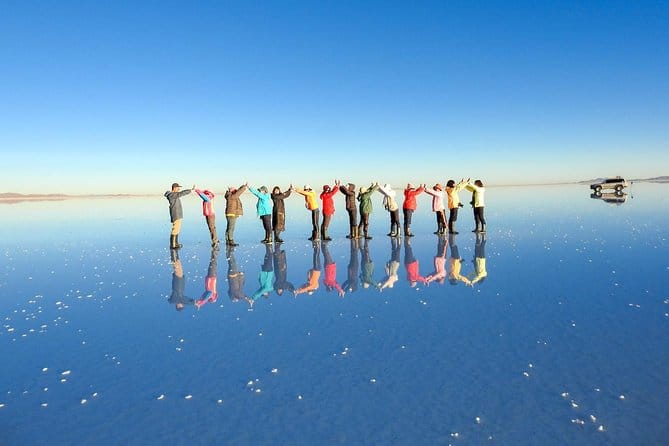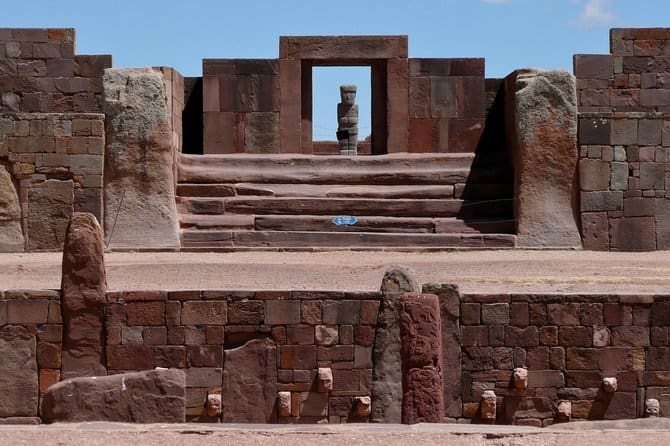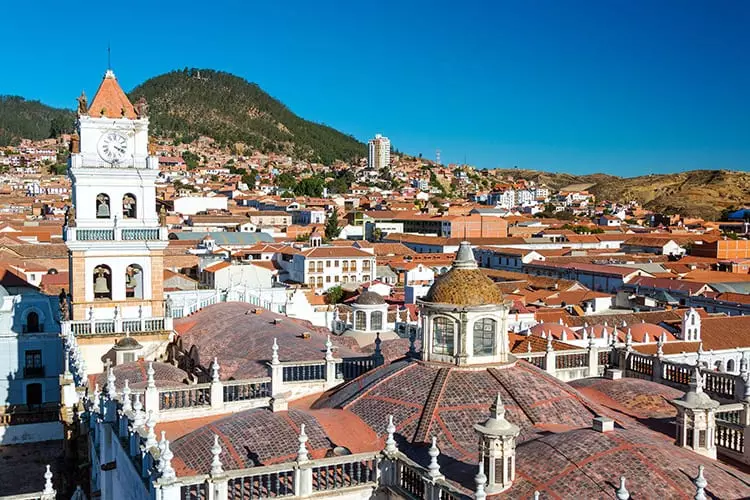Understanding Bolivia
Geography and Climate
Bolivia is a country of diverse landscapes, from the towering peaks of the Andes to the vast expanse of the Amazon rainforest. The climate varies significantly depending on the region, with the highlands experiencing cold weather and the lowlands enjoying a tropical climate.
Popular Tourist Destinations
Some of the must-visit places in Bolivia include La Paz, the world’s highest capital city, the mesmerizing Uyuni Salt Flats, and the historic city of Sucre. Each location offers unique experiences that attract tourists from all over the world.
Cultural Considerations
Bolivia is rich in cultural heritage, with indigenous traditions playing a significant role in everyday life. Respecting local customs and traditions is vital for a positive travel experience. Learning a few phrases in Spanish or Quechua can also go a long way in connecting with the locals.
Why Do You Need Bolivia Travel Insurance ?
- Health Risks and Medical Facilities: While Bolivia offers beautiful landscapes and adventures, it also presents health risks such as altitude sickness in highland areas and tropical diseases in the Amazon. Medical facilities may only sometimes meet international standards, especially in remote areas. Travel insurance with comprehensive medical coverage ensures you get the necessary care without incurring hefty expenses.
- Adventure Activities and Associated Risks: Bolivia is a haven for adventure seekers, offering activities like hiking, mountain biking, and jungle tours. These activities, while exhilarating, come with their own set of risks. Bolivia travel insurance can cover accidents and emergencies during these adventures, providing peace of mind.
- Political and Social Stability: Bolivia has a history of political and social unrest. While such events are unpredictable, having travel insurance can help you deal with trip cancellations, delays, or even evacuations if the situation arises.
Types Of Travel Insurance
Medical Coverage: Medical coverage is a crucial component of travel insurance. It includes expenses for emergency medical treatment, hospitalization, and sometimes even dental care.
Trip Cancellation and Interruption: This type of insurance covers you if your trip is cancelled or interrupted due to unforeseen circumstances like illness, natural disasters, or political unrest. It reimburses non-refundable expenses, ensuring you don’t lose money.
Baggage and Personal Belongings: Losing your luggage or personal belongings can be a nightmare. Travel insurance can provide compensation for lost, stolen, or damaged items, helping you replace essential belongings quickly.
Evacuation and Repatriation: In case of a severe medical emergency, evacuation and repatriation coverage ensures you are transported to the nearest adequate medical facility or back to your home country if necessary.
Choosing The Right Travel Insurance
Assessing Your Needs
Start by assessing your travel plans and personal needs. Consider factors like the duration of your trip, the activities you plan to engage in, and your health status.
Comparing Different Providers
Research various Bolivia travel insurance providers and compare their policies. Look at the coverage limits, exclusions, and customer reviews to find the best fit for your needs.
Reading the Fine Print
It’s essential to read the policy details thoroughly. Pay attention to the coverage limits, exclusions, and conditions to avoid surprises later.

Sep 27, 2025

Fast and Easy
I purchased travel insurance, and the whole process was smooth and fast online. Special thanks to Ionut, who was very kind and responsive throughout.
Aug 27, 2025

Iam very satisfied for their services…
Iam very satisfied for their services .So easy procedure to issue a travel insurance it took only a few minutes !!i highly recommend them !!!!
Aug 26, 2025

The best platform ever to use for travel insurance!! It is really so easy to issue a policy.Has the best coverages with reliable prices
Theano Xenophontos
Aug 25, 2025

Very easy to buy this travel insurance
Very easy to buy a travel insurance, comprehensive coverage, excellent service and very competitive price.
best places to visit in Bolivia
Salar de Uyuni
Salar de Uyuni is the world’s largest salt flat, at over 10,000 km² in area and can be found in southwest Bolivia, near the crest of the Andes with an elevation of 3,656 m above sea level.
The Salar was formed as a result of transformations between several prehistoric lakes that existed around forty thousand years ago but had all evaporated over time. It is now covered by a few meters of salt crust, which has an extraordinary flatness with the average elevation variations within one meter over the entire area of the Salar. The stretch of salt creates a never-ending white landscape during the dry season, but the area is most breathtaking in the rainy season when it is covered in water and reflects the sky.

Tiwanaku
Tiwanaku is a Pre-Columbian archaeological site in western Bolivia near Lake Titicaca, about 70 km from La Paz, and it is one of the largest sites in South America.
Archaeologists have excavated only a small part of the city, but they estimate that at its peak at least 20,000 people lived in the city. Excavations have shown that the citizens lived in separate neighborhoods, which were enclosed by large adobe walls. Other remains found in Tiwanaku include temples, a pyramid, large gates and carvings of alien-like faces.

Sucre
Sucre is the constitutional capital of Bolivia, located in the south-central part of the country, at an elevation of 2,810 meters. Because of the beautiful whitewashed and well-kept buildings, the city is known throughout South America as the White city.
Today Sucre remains a city of major national importance and is an educational and government center, being the location of the Bolivian Supreme Court. Notably, Sucre contains one of the best-preserved Hispanic colonial and republican historic city centres in the Western Hemisphere. This architectural heritage and the history of the Charcas region has led to Sucre’s designation as a UNESCO World Heritage Site.

Travel Insurance
Travel Insurance, Schengen visa travel insurance, Europe and Worldwide Single Trip and Multi-Trip Insurance policies.
 Trustpilot
Trustpilot
